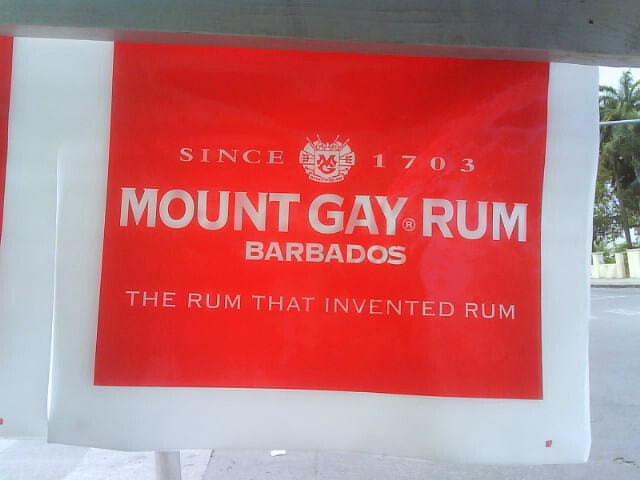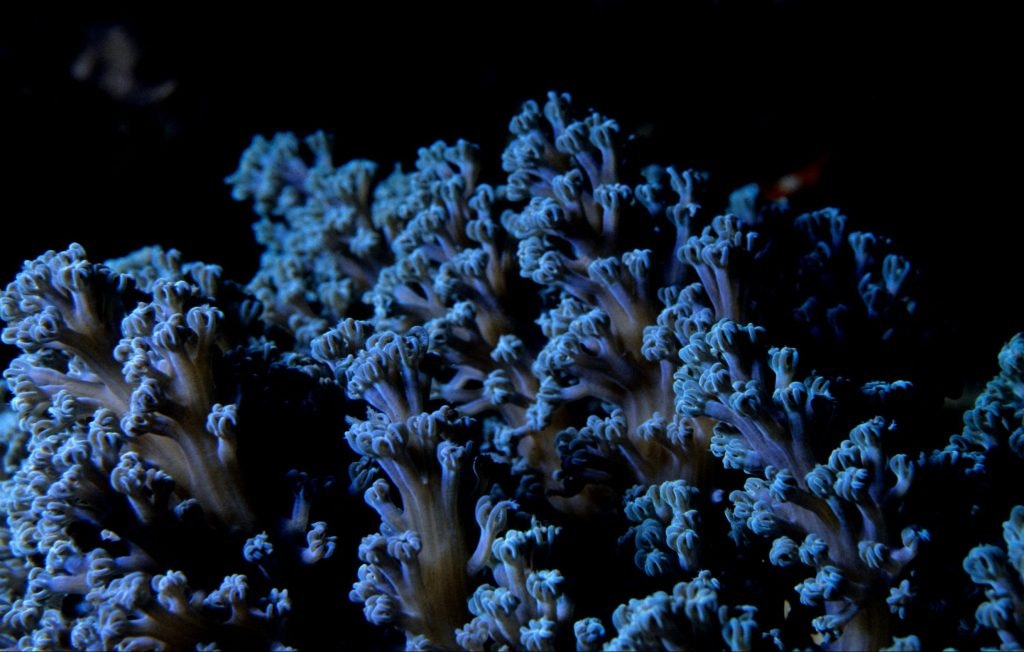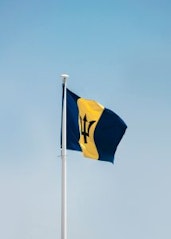1. Barbados’ name originates from ancient fig trees
Portuguese explorers in the 16th century named the island “Os Barbados,” meaning “the bearded ones” after seeing the island’s unique fig trees. The Ficus citrifolia trees feature long, beard-like aerial roots hanging from their branches.
These bearded fig trees still grow across Barbados today, though historians debate whether the Portuguese named the island for these trees or for similar aerial roots on other native species. A minority of scholars suggest the name might reference bearded indigenous inhabitants, though most evidence points to the distinctive fig trees.
Travel to Portugal this summer
2. British colonialism lasted 339 years in Barbados
The British first settled on the island in 1627. The first settlement was originally named Jamestown after King James, but was later renamed Holetown, a name derived from the stream where ships would clean their holds.
The Parliament of Barbados was established in 1639 and is the third-oldest continuous parliament in the Commonwealth, after Great Britain’s Parliament and Bermuda’s legislature (established in 1620). The Parliament Buildings are located in Bridgetown, the nation’s capital.
Barbados remained a British colony for over 300 years until gaining independence on November 30, 1966.
Barbados ditched Queen Elizabeth and became a republic in 2021, with President Sandra Mason as head of state
From 55 years between 1966 to 2021, Barbados was an independent constitutional monarchy within the British Commonwealth realm.
After Barbados became a republic, the nation removed the royal logos and aggressively ditched their colonial past. The tourism bureau invested in marketing to attract guests from West Africa and other Carribbean Islands.
![]()
Barbados was the first Caribbean Island to have piped water. (Photo by @photoarchives)
3. Barbados was the 6th Caribbean Island to gain independence, but the first Caribbean Island to have piped water
Barbados became the first Caribbean Island to have piped water in 1861, introduced by the Barbados Water Works Company. The introduction of piped water in Barbados transformed society. Before, residents relied on wells and rainwater collection.
The water supply comes from underground aquifers, filtered through the island’s coral limestone bedrock foundation, which naturally purifies the water.

Barbados is the birthplace of rum.
4. Barbados is the birthplace of rum
Barbados birthed the world’s first refined rum at Mount Gay Distillery, established in 1703. While other Caribbean islands produced crude spirits from sugarcane, Barbadian distillers pioneered the modern rum-making process using copper pot stills and oak barrel aging.
The Mount Gay estate was a sugar plantation before Sir John Gay Alleyne transformed it into a sophisticated distillery. Today, the 280-acre estate in St. Lucy Parish continues producing rum using the same limestone-filtered spring water and locally grown sugarcane.
Mount Gay Distillery
- Address: Mount Gay, St. Lucy, Barbados
- Hours:
- Monday – Wednesday: 10:30 AM – 1:00 PM
- Friday – Sunday: 2:30 PM – 5:00 PM
- Thursday: Closed
- Details: Mount Gay Distillery is the oldest continuously operating rum distillery in the world, dating back to 1703. This historic site offers guided tours that take you through the rum-making process, from molasses to the final product. You’ll have the opportunity to explore the distillery’s grounds, learn about the traditional methods of rum production, and sample some of Mount Gay’s finest rums.
- Note: Book tours in advance, especially during peak season (December-April).
5. Barbados’ national symbol is the Flying Fish, and it’s on the Barbados dollar coin
Flying fish, the national symbol of Barbados, can glide up to 50 meters above the water. One example of this is Barbados’ national dish, Cou-Cou and Flying Fish which combines steamed flying fish with cornmeal and okra.
The flying fish is so important that it is on the reverse of the Barbados dollar.
Take a look at the iconic Flying Fish dollar coin below








